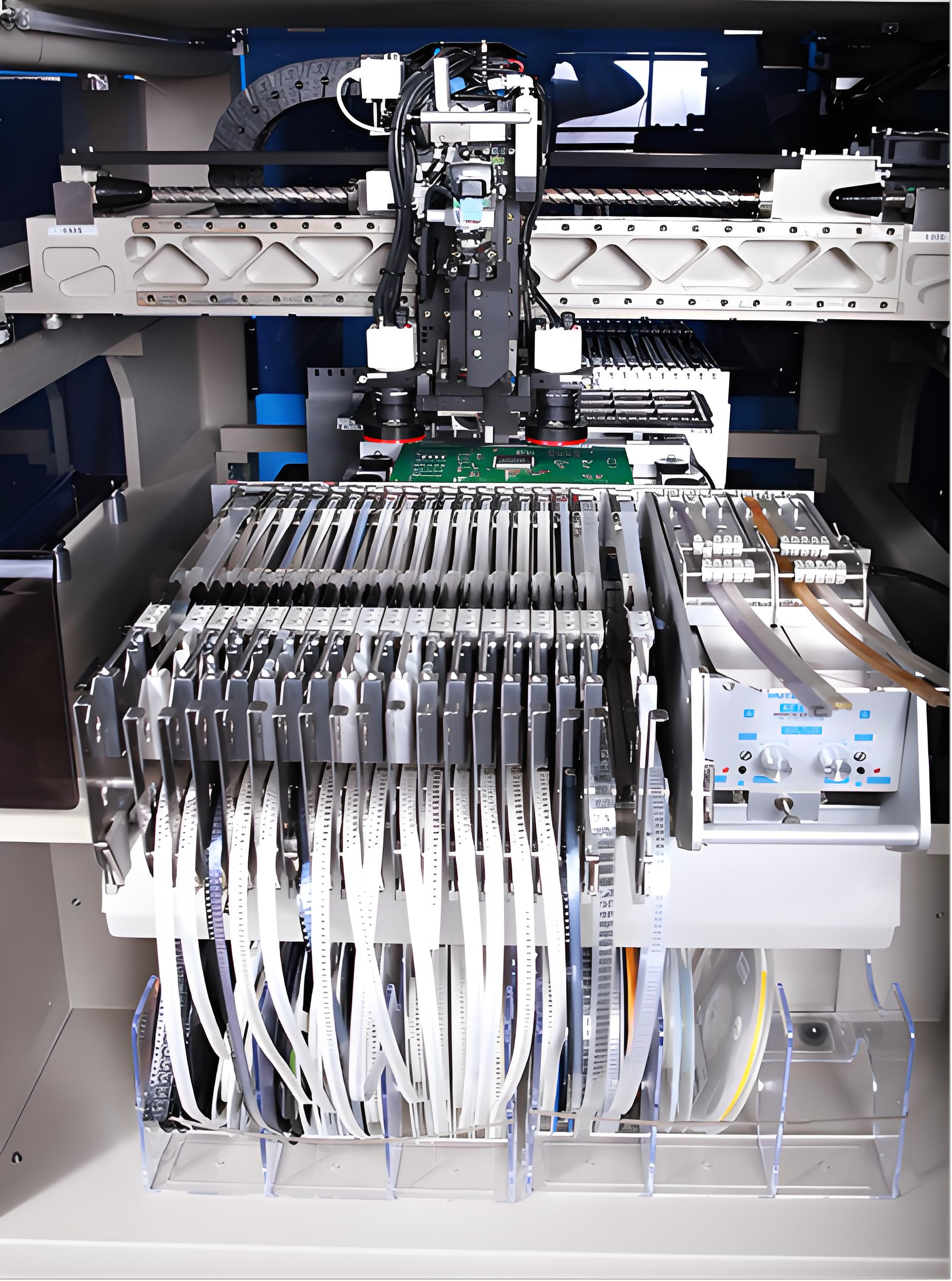
In PCB manufacturing, the quality control of the screen printing process is a key link to ensure the final quality and reliability of the product. Screen printing is mainly used to print characters, labels, symbols and solder mask marks on the surface of PCBS. Its quality directly affects the readability, assembly efficiency and subsequent maintenance of PCBS. The following analysis is carried out from three aspects: key control points, detection methods, and improvement measures for common problems:
First, the key points of quality control in the screen printing process
Ink selection and compatibility
Temperature resistance: It needs to match the peak temperature of subsequent PCB processes (such as reflow soldering and wave soldering) to prevent character detachment or discoloration.
Adhesion: The ink must firmly adhere to the PCB substrate (such as FR-4) or surface treatment layer (such as gold plating, OSP), and be verified through the 100-grid test.
Environmental friendliness: Complies with RoHS and other regulations, and avoids the use of harmful substances such as lead and halogen.
Screen production accuracy
Screen tension: It should be kept uniform and in compliance with process standards (such as 20-25N/cm) to prevent ink leakage or character deformation during printing.
Graphic accuracy: The line width and spacing of characters must comply with the design specifications (such as line width ≥0.15mm, spacing ≥0.2mm) to prevent misreading during assembly.
Print endurance: Select the appropriate screen material (such as stainless steel mesh) based on the production batch to ensure printing consistency.
Printing process parameters
Scraper pressure and Angle: The pressure should be moderate (such as 0.2-0.4MPa), and the Angle is usually 45°-75° to prevent ink penetration or character blurring.
Printing speed: It should be matched with the viscosity of the ink (such as 15-30mm/s). If it is too fast, it may cause missing strokes of characters; if it is too slow, it may lead to ink accumulation.
Drying and curing conditions: Control the temperature (such as 80-150℃) and time (such as 20-60 minutes) according to the type of ink to ensure complete curing.
Environment and equipment maintenance
Temperature and humidity control: The temperature in the printing workshop should be maintained at 20-25℃, and the humidity at 50-65% to prevent the ink from drying too quickly or absorbing moisture.
Equipment cleaning: Regularly clean the screen, scraper and printing table to prevent ink residue from causing character defects.
Second, the quality inspection methods for screen printing
Appearance inspection
Visual inspection: The characters should be clear, without broken lines, adhesion or ink leakage, and the color should be uniform and consistent with the design requirements.
Magnifying glass inspection: Use a 5 to 10x magnifying glass to confirm that the edges of the characters are free of burrs and jagged edges.
Size inspection
Two-dimensional measuring instrument: It can measure key dimensions such as character height, width and spacing, with a tolerance usually ±0.05mm.
AOI inspection: Automatic optical inspection equipment can quickly identify defects such as missing characters and misalignments.
Adhesion test
Hundred-grid test: Use a blade to draw 1mm×1mm grids on the surface of the characters, stick them with 3M tape and then tear them off vertically. The area that falls off should be no more than 5%.
Abrasion resistance test: Use an eraser or a dedicated abrasion tester (such as 500g force, 50 cycles), and the characters must not fall off or become blurred.
Chemical resistance test
Alcohol wiping: Dip a lint-free cloth in 95% alcohol and wipe back and forth 50 times with a force of 500g. The characters must not fade or fall off.
Flux immersion: Immerse the PCB in flux for 24 hours, and the characters should show no obvious changes.
Third, common problems and improvement measures
The characters are blurred or disconnected
Reasons: Excessive ink viscosity, screen clogging, insufficient pressure of the scraper.
Improvements: Adjust the ink dilution ratio, clean the screen plate, and increase the pressure of the scraper.
Character offset
Reason: Inaccurate PCB positioning, screen not aligned properly.
Improvement: Optimize the positioning fixture and adjust the screen alignment system.
Ink peeling off
Reasons: Incomplete curing, poor adhesion, and poor surface treatment.
Improvements: Extend the curing time, change the ink type, and inspect the PCB surface treatment process.
The character colors are inconsistent
Reasons: Differences in ink batches, uneven mixing, and uneven curing temperatures.
Improvement: Use the same batch of ink, stir thoroughly, and optimize the temperature distribution of the curing oven.
Fourth, Summary
The quality control of screen printing process needs to start from multiple dimensions such as ink, screen plate, process parameters and detection methods. Through strict process control and detection means, it is ensured that the characters are clear, durable and meet the design requirements. Meanwhile, establishing a rapid response mechanism for common problems and continuously optimizing process parameters can effectively enhance the yield and reliability of PCB manufacturing.











